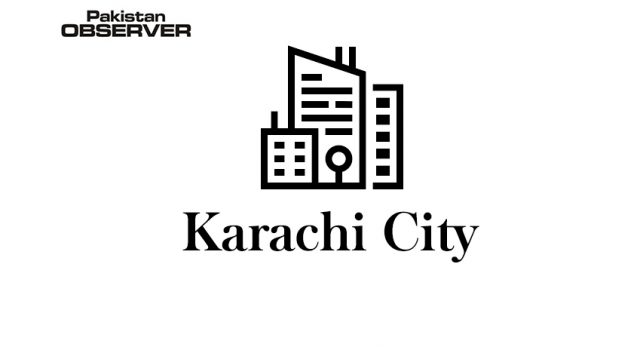Staff Reporter
The government has invited Request for Proposal (RFP) from foreign consultant firms to review and update the master plan of Port Qasim Authority (PQA) to develop the port as an international facility in the region, officials said. The officials envisage a redefinition of the Port Qasim master plan and alternative development strategies to go forward “with an identification of expected sources of funds and opportunities for private investment”. It should be mentioned here that the first master plan was prepared by NESPAK in association with Swan Wooster Engineering Company, Canada in 1975. The second amended master plan was prepared by NESPAK in 1980 for a period extended to year 2000. The third one amended in 2001 was prepared by Engineering Consultant International Limited (ECIL) in association with Maunsell Consultancy Services, UAE. Strategic Planning Study for Port Qasim was prepared in the year 2000-2001. It recommends “review every five years” the economic trends and their impact on the demand for port facilities as well as the land for industrial and commercial use in Port Qasim. “It is established that economic development is a dynamic process. No study can ever predict development of a country accurately for longer periods and so does any master plan,” an official said. “It requires to be updated periodically particularly after the short-term development prediction period has elapsed.” PQA now actively encourages private sector investment in the port and envisages itself moving ultimately into the role of a landlord port, primarily carrying out regulatory functions and providing the necessary institutional framework to support private sector development. “It is a fundamental requirement that the master plan be sufficiently flexible to cope with the inevitable changes in trading and shipping patterns, which will occur over time and to cope with changes in priorities,’ the official said. “PQA objectively analysing all aspects reflecting the optimised port, industrial, commercial and real estate development of Port Qasim during the next 25-30 years.” The project would also define RLNG infrastructure within the port area; the existing container, bulk cargo and general cargo handling operations including future development, zoning and phasing of LNG, LPG, coal, oil and other terminals









